
Claiming R&D Tax for developing off-the-shelf software solutions
Developing off-the-shelf software solutions is a ready-made software that is easy to install, takes little effort to configure and customise, and is seamless to use. As the software is generally built for mass use, the features within the solution are in wide demand and are made to meet the general needs of customers.
The most common solutions available today are customer relationship management (CRM) systems like Salesforce and Zoho, accounting software like Xero and MYOB, payment processing applications like Stripe and Paypal, and editor programs like Adobe, among many others. Most of these systems can be applied across numerous, if not even all, industries. Companies looking to streamline their workflow do not have to build software functionality in-house; they only need to buy or subscribe to use these features.
For companies developing off-the-shelf solutions who are keen to claim Research & Development tax, it is crucial to note, first and foremost, that you are competing with many other companies offering the same services. Hence the first question to answer is: how is your solution technically different from the existing knowledge available from those companies and other sources? It is important to concentrate on those technical differences when looking for Core R&D activities which are a key requirement to claim the R&D Tax Incentive. Generally, to claim a Core R&D activity a technical challenge must be attempted to be overcome. The uniqueness of the technical knowledge you are developing to overcome that challenge must then be proven using a systematic progression of work, or what is more commonly known as the scientific method approach. This means it must contain the following elements: hypothesis, experimentation, observation and evaluation, and logical conclusions.
A hypothesis is a problem statement; it contains a challenge you want to address and a proposed solution. A hypothesis is either valid or invalid. Following this premise, it means you are conducting work wherein you are uncertain whether it will yield the desired outcome or not. The only way to meet the desired outcome is through performing a series of experiments, or iterations. Also, note that the outcomes must be technical, and not business, in nature. Examples of technical outcomes are improving accuracy, reliability, and response time, among others.
A common misconception in claiming R&D is that you are claiming your product as a whole or that the product is the hypothesis. This is most often not the case: when you break down the development process, you will find that many of the activities undertaken are primarily using the existing knowledge of the developers or using solutions found through research. Thus, you need to prove that the development at the activity level is unique.
Some examples of valid R&D activities that are common with off-the-shelf software solutions include:
- Developing a rendering solution with improved accuracy
- Developing an application that consumes fewer resources while maintaining reliability with innovative techniques
- Creating a more sophisticated threat detection mechanism
- Writing an experimental algorithm to make a media player run more smoothly even in old devices
Core R&D activities are generally unique to each company and can vary in many ways. If your company is trying to overcome technical challenges, these activities may be eligible for the R&D tax incentive as core R&D activities. Each Core R&D activity needs its own unique assessment as to whether it meets the criteria and would be suitable for the R&D Tax Incentive scheme.
What is not eligible as a Core R&D activity is simply using or utilising off the shelf software that has been developed by others. That software is “existing knowledge” and therefore the activity does not meet the requirement of “generating new knowledge”.
Another criterion is what is called a supporting activity. This is a set of activities conducted to help in the development of the core activity. Examples of supporting activities are:
- Review of the existing solutions
- Writing test cases
- Conducting simulation of the new solution or technology for performance tuning
- Creating mock databases
If you want to assess your own eligibility for the R&D tax incentive scheme, you can take our R&D tax incentive eligibility check. If you need further advice about Government Grants, do not hesitate to reach out to us to book your free consultation. By having the right advice and insights straightaway, you can be sure of maximising your R&D tax claim. We have years of experience delivering R&D Tax incentives and other Government Grants to many software and tech companies – many of which are building off-the-shelf software solutions. Through our streamlined process of analysing claims, we are confident that we can help you determine your eligible projects and activities in just a few hours of your time.




